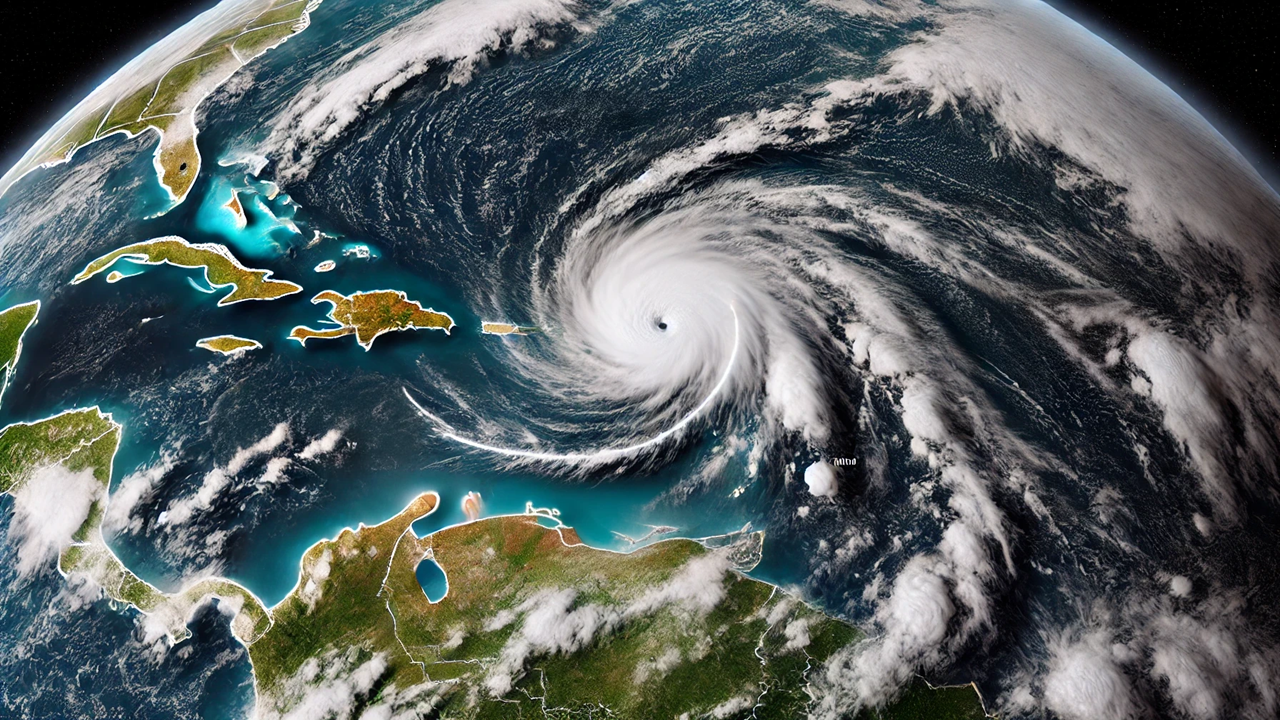Hurricane Beryl Leaves a Lasting Impact on St. Vincent and the Grenadines: 230 Million Dollars in Damages
Hurricane Beryl struck Saint Vincent and the Grenadines on July 1, 2024, causing an estimated US$ 230.6 million in damages, particularly devastating the southern Grenadines. The Global Rapid Post-Disaster Damage Estimation (GRADE) Report highlights that over 81% of the damages occurred in the southern islands, with Union Island, Canouan, and private resort islands suffering the worst. The report calls for resilient rebuilding and gender-responsive recovery strategies to support the vulnerable population, which constitutes 52% of residents in the affected areas.

Hurricane Beryl’s path across the southern Caribbean caused extensive destruction, particularly in Saint Vincent and the Grenadines (SVG), leaving behind an estimated US$ 230.6 million in damages. The storm, which hit the region on July 1, 2024, was the most powerful hurricane to impact SVG in over a century. According to the Global Rapid Post-Disaster Damage Estimation (GRADE) Report, this represents about 22 percent of SVG’s Gross Domestic Product (GDP) from 2023 and underscores the small island nation’s vulnerability to natural disasters.
Catastrophic Impact on the Southern Grenadines
The southern Grenadines bore the brunt of Hurricane Beryl’s fury, accounting for over 81 percent of the total damages, amounting to US$ 186.8 million. Union Island, in particular, suffered catastrophic destruction, with damage estimates totaling US$ 93.9 million. The nearby Canouan Island also experienced severe impacts, sustaining an estimated US$ 50.7 million in damage. On Palm Island and Petit Saint Vincent, private resorts faced extensive damage to infrastructure, resulting in a severe blow to the tourism sector, which is a crucial part of the local economy.
Mayreau, another of the southern Grenadines, also reported significant losses, with nearly all structures affected by the hurricane’s powerful winds and storm surges. The situation on the main island of Saint Vincent was comparatively less severe, yet it still sustained US$ 21.2 million in damages, largely due to Tropical Storm-strength winds and coastal flooding.
Buildings and Infrastructure Take a Major Hit
The GRADE report, developed by the World Bank in partnership with the Global Facility for Disaster Reduction and Recovery (GFDRR), highlights that damage to buildings alone—both residential and non-residential—accounts for more than two-thirds of the total economic losses. Residential structures were hit hard, with damages reaching US$ 79.1 million. Non-residential buildings, including government offices, commercial properties, and public buildings, experienced comparable losses estimated at US$ 79.8 million.
Infrastructure suffered significant setbacks, particularly in the power, water, and telecommunications sectors, leading to an additional US$ 71.7 million in damages. Airports, seaports, and coastal facilities were also heavily impacted, disrupting the country’s logistical and transport networks.
Agricultural damages were relatively minor but still concerning, as the hurricane-affected crops, livestock, and coastal fisheries, which are vital sources of food and income for many residents in the southern islands.
Vulnerability and Recovery Challenges
The report underscores the socioeconomic vulnerability of the Southern Grenadines, where 52 percent of the population is considered at high risk due to low income levels and limited access to resources. For many families, the devastation is more than just physical; it threatens their livelihoods and long-term well-being. This makes recovery efforts complex, requiring not only financial aid but also a focused approach to support marginalized communities, including women and children who are disproportionately affected by such events.
The impact on the tourism sector is another major concern, as it plays a critical role in the nation’s economy, contributing nearly 19 percent to formal employment. Damages to luxury resorts, small boutique hotels, and other tourist infrastructure on the Grenadine islands amount to approximately US$ 50 million. The report warns that the recovery of this sector is essential for the broader economic stability of SVG.
Recommendations and Path Forward
In the aftermath of Hurricane Beryl, the GRADE report strongly recommends adopting resilient rebuilding strategies to better withstand future natural disasters. Simple yet effective structural improvements, such as using hurricane straps and reinforced roofing, could significantly reduce the vulnerability of buildings to extreme winds. The report emphasizes that rebuilding efforts must take into account the lessons learned from past events and integrate climate-resilient designs into all reconstruction activities.
A gender-responsive approach is also suggested, given the pre-existing inequalities that could worsen in the aftermath of the disaster. Women and low-income families, who are often the most affected by such events, should be at the center of any recovery plan, ensuring that support reaches those who need it most.
As the islands begin the long road to recovery, the focus must remain on building back stronger, smarter, and more inclusively. This approach will not only protect against future storms but also empower vulnerable communities, reduce inequalities, and foster a more resilient economy for Saint Vincent and the Grenadines.
- FIRST PUBLISHED IN:
- Devdiscourse










